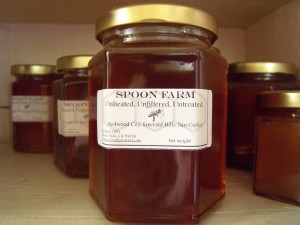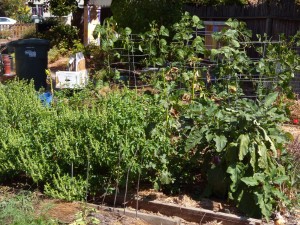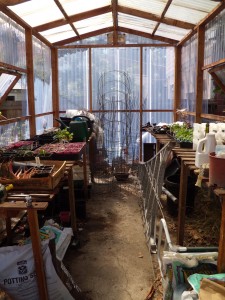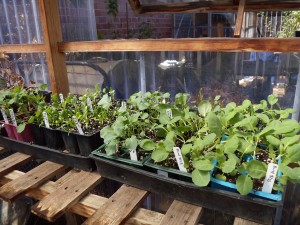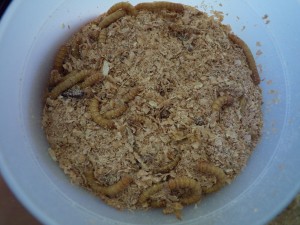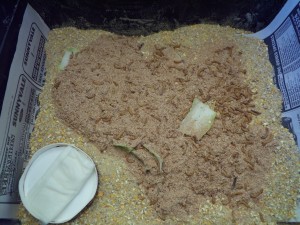Is it a garden, or a farm? Who cares either way?
We used to think of what we have here as a garden, because it’s tiny—less than a quarter acre—and decidedly suburban. But lately, our thinking has begun to change. It’s not just the fact that so much of what we eat comes from this scrap of land we cultivate, or that we’ve moved beyond veggies, to include chickens and bees. There’s also power in naming, and in the identities we choose.
I was pleasantly surprised to learn recently that the USDA defines a farm as ‘any place from which $1,000 or more of agricultural products were produced and sold, or normally would have been sold, during the year.’ Whether or not we sell it, we are certainly producing (and consuming!) well over $1,000 in agricultural products every year. More on this next year, when I hope to finally buckle down and track the dollar value of our production.
Other definitions of ‘farm’ are even more inclusive, ranging from ‘a tract of land devoted to agricultural purposes,’ to ‘a plot of land devoted to the raising of animals, especially domestic livestock.’
Check, check, and check.
So it’s a farm, this place where we sweat and grumble and search for moments to pause and enjoy the literal and figurative fruits of our labor, and the unselfconscious beauty of flora and fauna minding their own business. It’s pleasing to stand looking out at what right now is the ramshackle, top-heavy, last burst of summer crops and to say, this is Spoon Farm.
We sold honey for the first time a few months ago at the San Mateo County Fair and came up with our name then. Kelly made a first round of labels, and on a whim recently, I made a farm website. Check it out at www.spoonfarm.com!

